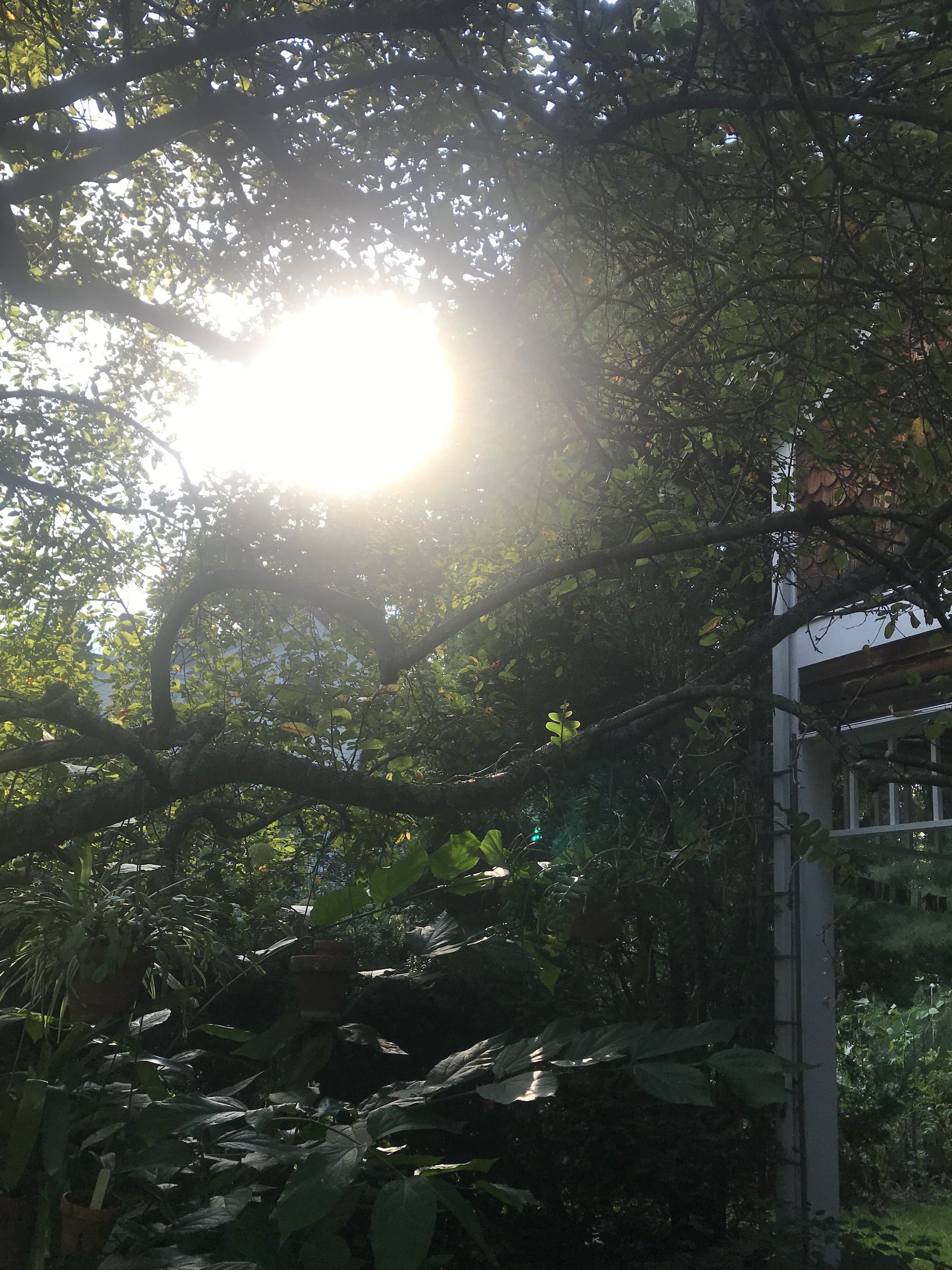
THE WORLD TO COME (2021)
Winner of the Minds on Fire Open Book Prize
The prose poems of The World to Come are an investigation of possible and impossible realities, where the fields of science and alchemy, astronomy and astrology, intersect as they once did in the medieval mystical traditions. The worlds of its title are those of weather, the imagination, literature, planetary systems, and other dimensions, and an extension of Dante’s visit to the concentric spheres.
Early Praise
“No one writes prose poems like David Keplinger. He is one of a kind. Sui generis. But what does it mean? For me, it means that his imagination walks hand in hand with his sentences' music. He has an amazing sense of subtext—what is unsaid, in these pages, is perhaps even more important than what is said. He is a poet who takes the likes of Cortázar, Calvino and company and makes them waltz, not because he borrows from them but because he extends the conversation, brings it into our moment. Sui generis, indeed.”
—Ilya Kaminsky
“David Keplinger’s The World to Come is a personal surrealism addressing boyhood and manhood, life and death—where the right-placed phrase or image changes the ordinary to satirical insight. These terse prose poems (en)act lyrical fables that assay philosophical worlds between worlds.”
—Yusef Komunyakaa
“This dazzling new collection evokes worlds impossible and possible, calls forth metaphysics and physics in prose poems so exquisitely crafted, they advance the form itself. David Keplinger shows himself, once again, the master of luminous ‘little squares of speech,’ vast worlds in themselves, sliding doors which collapse time, space and being, each one with the power to ‘forge a small aperture, a peep hole, through which this world can briefly gaze.’”
—Laura Reece Hogan
DANSE MACABRE
Someone is holding out a globe of the world as it might look in the far future, and everything is already all right, there are just no people on this globe. If you look very closely at one of the small islands remaining, some bees do their danse macabre around the undisturbed hive, the size of a severed human head; but they have never seen a severed head with their thousand eyes. They cover the hive like a beard; but they have never seen a beard. They move in and out of the eyes, which to them are not eyes but small compartments full of doors and hallways. The only other worlds they know are flowers, some bent and rotting on the lime green fuse, some still facing upward on the globe, inside the perfectly temperate, empty, quiet, remarkably dark theater.
SASSOFERRATO
In Sassoferrato it is the ultramarine that holds the idea of Mary, looking down at her hands, that captures the spirit of her prayer. It is a painting about the sea in love with the mountain crest, just as the mountain crest grasps how it will never know itself like the sea knows it. The sea at Carmel was similar, it surrounded the glass windows, and at night I heard colors like a musician does. My mother was dying. She was more pain than body then. And when the body receded, and then the pain, just after, slowly, what was left was pure crystal, blue salt: It was Sassoferrato who associated this color with the mother, the force of love that cradles and crashes over the thing, until it is the thing.
